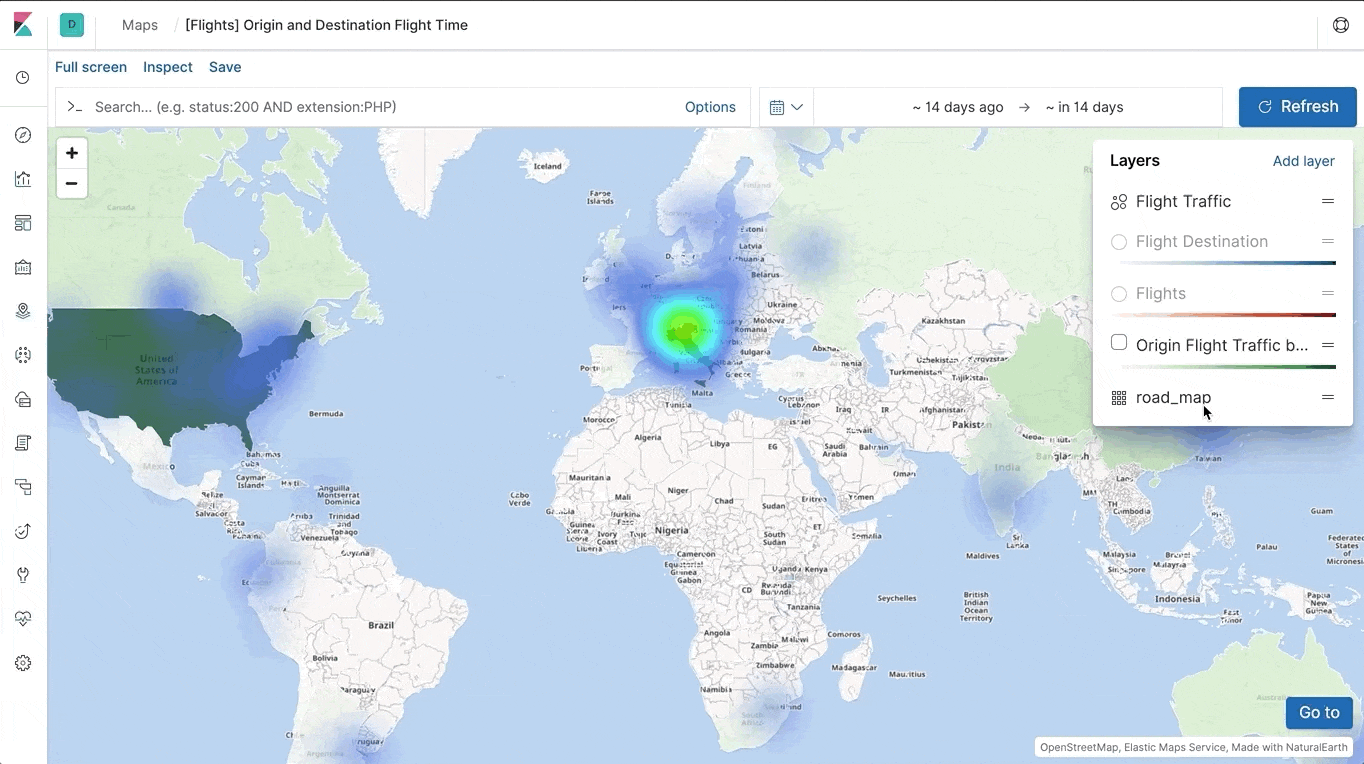Kibana 7.0.0 Beta 1 Released
Kibana 7.0.0 Beta 1 is now available for download. This is the third in a series of beta previews aimed to let you try out the newest version of Kibana and provide feedback before it releases. Outside of the paired changes to Elasticsearch, changes to Kibana are mostly around design.
Dark mode everywhere
Kibana now supports a dark mode theme across the entire application, not just dashboards. This setting is saved at the space level and can be found within the advanced settings page under management. Simply flip the switch, save, and reload your page to try it out. During the beta, some of the deeper pages (like Machine Learning) still might show some light backgrounds, but these will be fixed before the final release. Note that because theming is now a Space concern, you will no longer be able to set dark or light mode individually per dashboard.
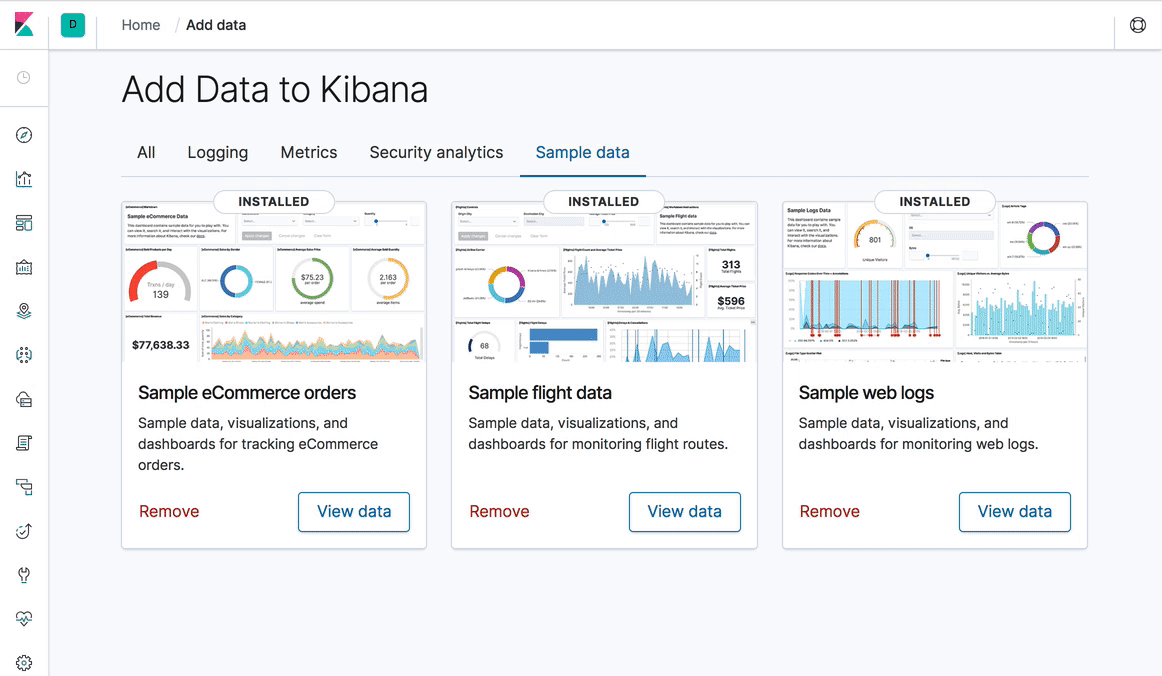
New design and navigation
Since the introduction of the Elastic UI library in 6.2 Kibana has slowly been shifting towards a design revamp. 7.0.0 Beta 1 is the first release to show it off in its final form. The most prominent change is a switch to a new global navigation which introduces a constant header to manage Spaces and breadcrumbs. We're also now defaulting the side navigation to a collapsed view so that individual applications have more horizontal space to work with. If you're an old Kibana user you're used to the navigation coloring changing with each release. This time we decided to focus first on the content, and everything should have a lighter, more minimal feel that gets out of the way. Lastly on the design front, we did some much needed touch ups to our Dashboards and other applications with a big change to our default fonts.
Saved objects are now aware of each other through references
One challenge in Kibana has always been around how we reference saved objects in relation to each other. In 7.0.0 Beta 1 saved objects no longer contain ids of other saved objects under attributes. They have been moved under references with a named reference in attributes. This will make it easier for us during the 7.x release cycle to better handle how we deal with imports and exports of saved objects.
Example structure before
{
...
"attributes": {
...
"panelsJSON": [{
...
"type": "visualization",
"id": "dbf71bb0-ffad-11e8-acfd-d359b3d9069"
}]
}
}
Example structure now
{
...
"attributes": {
...
"panelsJSON": [{
...
"panelRefName": "panel_0"
}]
},
"references": [{
"name": "panel_0",
"type": "visualization",
"id": "dbf71bb0-ffad-11e8-acfd-d359b3d9069"
}]
}
Autocomplete queries on by default
In Kibana 6.3 we introduced autocomplete features to our query bar along with the Kibana Query Language. In 7.0.0 Beta 1 that feature is now turned on by default. For users that prefer the Lucene syntax that option is still available and can be toggled on or off as you need in advanced settings.
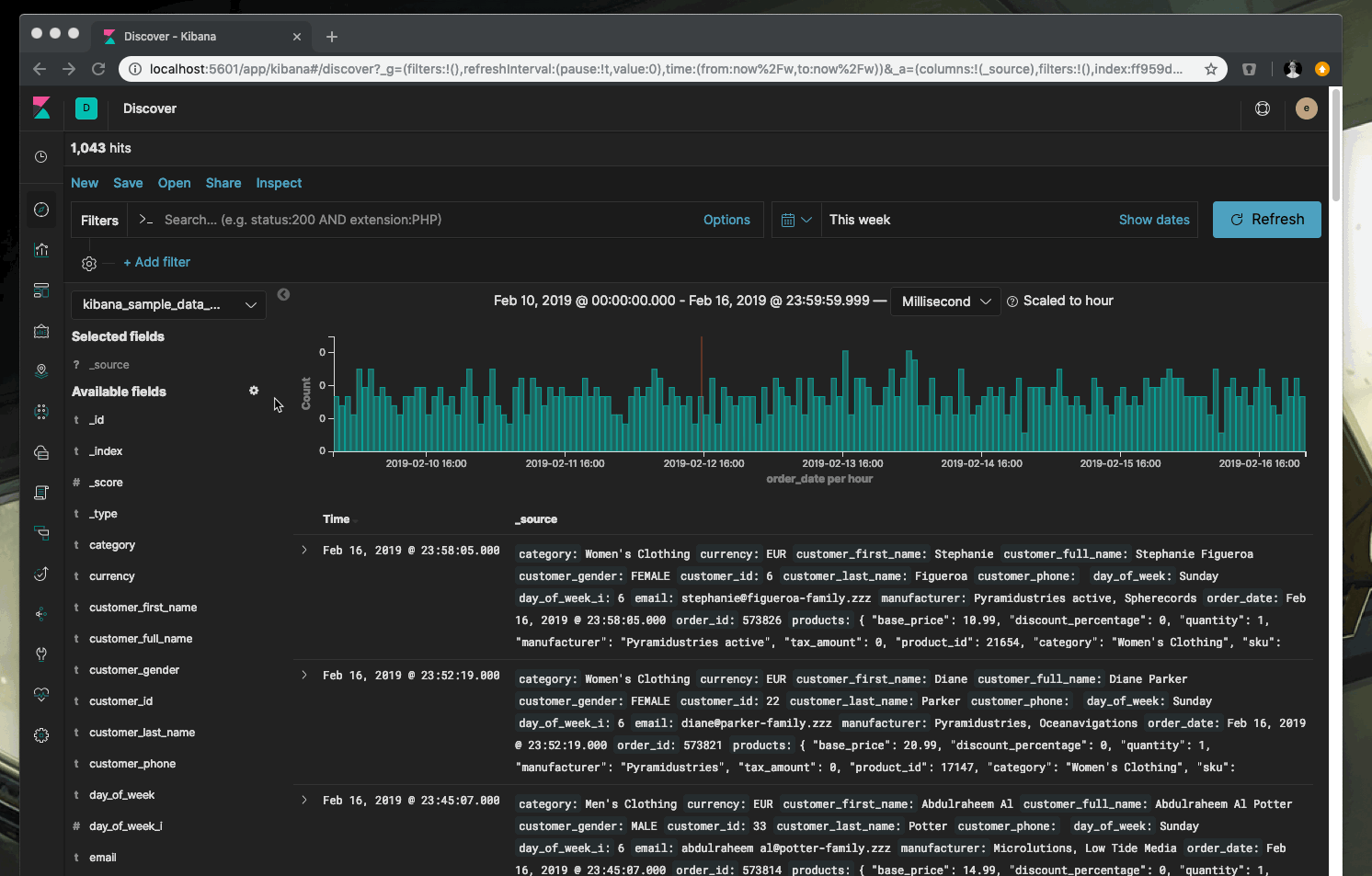
A new filter bar and date-picker
Alongside that query bar comes a totally rebuilt date picker and filter bar. The date picker is now completely accessible and no longer pushes the content of the page down (or forces a query reload) as you interact with it. We've also made it easier than ever to deal with complex date queries like mixing relative times with absolute ones. Like before, you can save your own presets or jump to quick dates at any time.
Kibana 7 also introduces a redesigned filter bar. Gone are the indistinguishable rows of icons now that each filter "pill" comes with its own menu to clearly label its actions. We've made it easier than ever to deal with these filters in bulk and apply them from within your dashboards and saved searches.
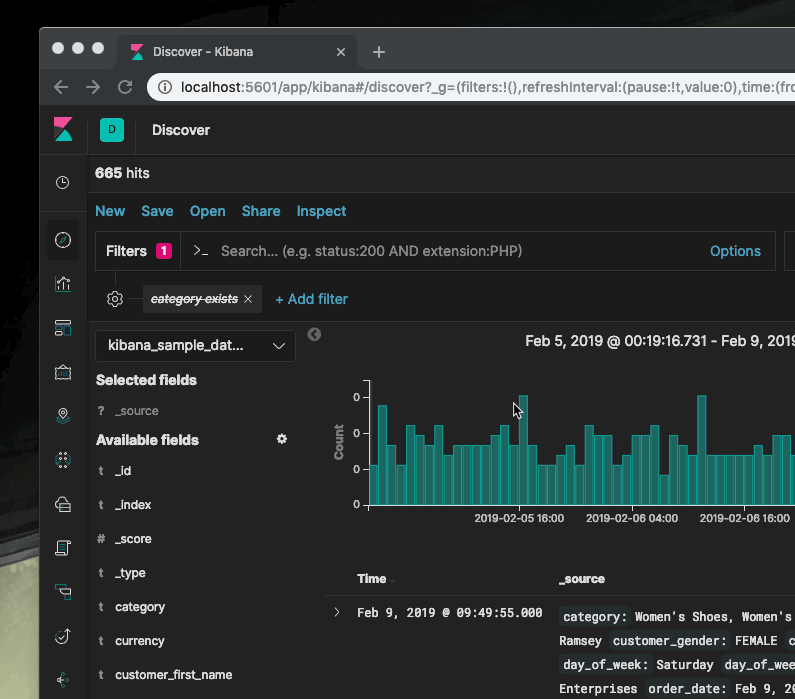
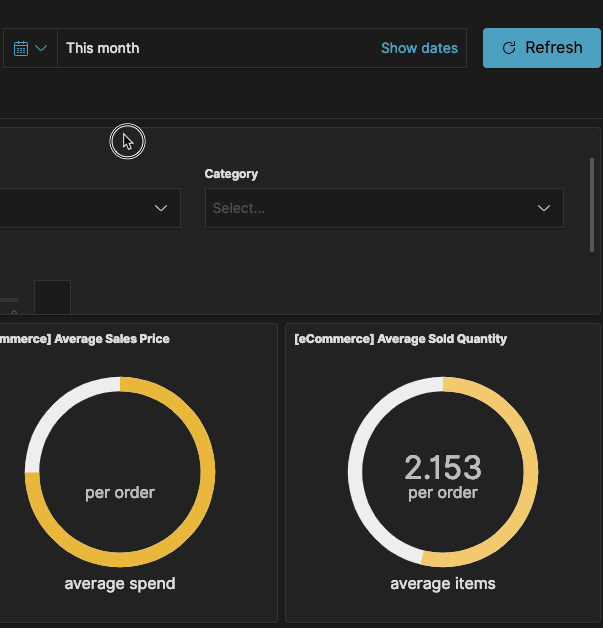
Maps for geospatial analysis
In the mobile and distributed world we live in today, geo data is everywhere, regardless of use case. Kibana 7.0.0 Beta 1 will include our new Maps application (beta) for geospatial analysis and location based analytics. This new tool will allow you to parse through your geographical data, at scale, with speed and in real time. With features like multiple layers and indices in a map, plotting raw documents, dynamic client side styling and the ability to search globally across multiple layers you will truly be able to understand and monitor your data with ease.
With Maps, you will immediately get the complete value of our Elastic Maps Service, providing out of the box vector layers and baselayer maps. If for some reason we don't have what you're looking for, you'll also have the option to add your own custom vector shapes, tile map services or web map services as layers so you can truly customize your map to your liking. In 7.0, the Maps application will also be taking full advantage of the new geotile_grid aggregation for a more precise and seamless experience when interacting with the UI.
As this is a beta feature, we'd especially love your feedback! Feel free to drop in questions and comments in the Kibana discuss forums.
